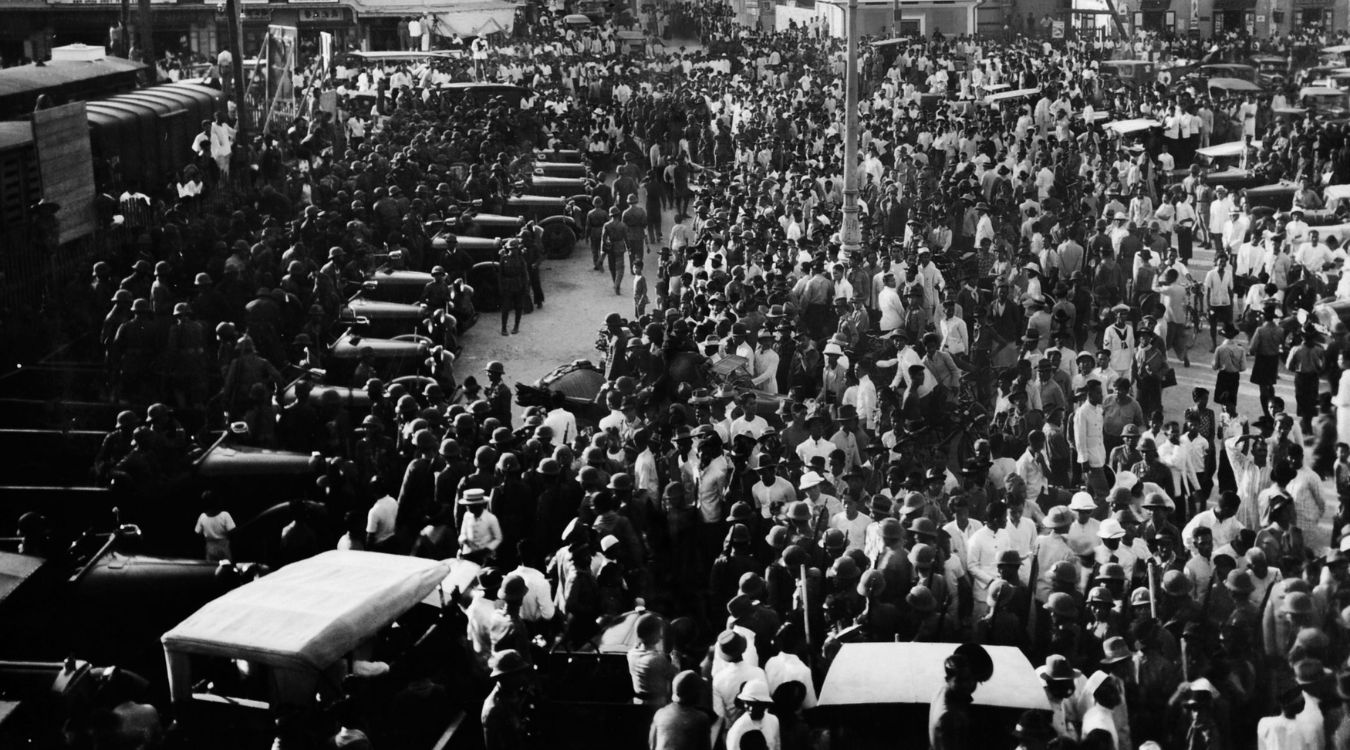
What was the Boworadet Rebellion? The Boworadet Rebellion was a significant event in Thai history, occurring in 1933. It was a royalist revolt led by Prince Boworadet against the government of Siam, which had recently transitioned from an absolute monarchy to a constitutional one. The rebellion aimed to restore the monarchy's power, challenging the new democratic government. Although it ultimately failed, the conflict highlighted the tensions between traditional royalist factions and modernizing forces within the country. Understanding this rebellion offers a glimpse into Thailand's complex journey towards democracy and the struggles that shaped its political landscape.
Key Takeaways:
- The Boworadet Rebellion was a royalist revolt in Thailand in 1933, aiming to restore the absolute monarchy. It ended with the surrender of Prince Boworadet and had lasting consequences on Thai politics.
- The rebellion highlighted deep divisions within Thai society and marked the decline of royalist influence in politics. Its legacy continues to be studied and commemorated in historical texts and documentaries.
What Was the Boworadet Rebellion?
The Boworadet Rebellion was a significant event in Thailand's history. It was a royalist revolt against the government of King Prajadhipok in 1933. Let's dive into some fascinating facts about this historical uprising.
- The rebellion was named after Prince Boworadet, a key figure in the revolt.
- It occurred just one year after the Siamese Revolution of 1932, which transitioned Thailand from an absolute monarchy to a constitutional monarchy.
- The main goal was to restore the absolute monarchy and remove the People's Party from power.
- The rebellion began in October 1933 and lasted for about two months.
- It was primarily a military conflict, with both sides using armed forces to achieve their objectives.
Key Figures in the Boworadet Rebellion
Several important personalities played crucial roles in the Boworadet Rebellion. Understanding who they were helps to grasp the full picture of the event.
- Prince Boworadet, a former Minister of War, led the rebellion.
- King Prajadhipok, also known as Rama VII, was the reigning monarch during the rebellion.
- Phraya Phahonphonphayuhasena, the Prime Minister, led the government forces against the rebels.
- Phraya Songsuradet, a prominent military leader, supported the royalist cause.
- Luang Phibunsongkhram, a future Prime Minister, played a significant role in suppressing the rebellion.
Causes of the Boworadet Rebellion
Understanding the reasons behind the Boworadet Rebellion provides insight into the political climate of Thailand during that period.
- Dissatisfaction with the People's Party's policies fueled the rebellion.
- Economic hardships and inflation contributed to public unrest.
- The royalists believed that the new government was corrupt and inefficient.
- Many traditionalists wanted to return to the old ways of governance.
- The military's loyalty was divided, with some factions supporting the royalists.
Major Battles and Events
The Boworadet Rebellion saw several key battles and events that shaped its outcome. These moments were pivotal in determining the rebellion's fate.
- The Battle of Don Mueang was one of the first major clashes.
- Government forces successfully defended Bangkok from the rebels.
- The rebels managed to capture several provinces in the early stages.
- The Battle of Nakhon Ratchasima was a turning point in favor of the government.
- The rebellion ended with the surrender of Prince Boworadet and his forces.
Aftermath and Consequences
The aftermath of the Boworadet Rebellion had lasting effects on Thailand's political landscape. The consequences were felt for years to come.
- The rebellion's failure solidified the People's Party's control over the government.
- King Prajadhipok abdicated in 1935, partly due to the rebellion's impact.
- The event marked the decline of royalist influence in Thai politics.
- Many rebels were arrested, tried, and imprisoned.
- The rebellion highlighted the deep divisions within Thai society.
Legacy of the Boworadet Rebellion
The legacy of the Boworadet Rebellion continues to be a topic of interest for historians and scholars. Its impact is still evident in modern Thailand.
- The rebellion is often studied as a case of military and political conflict.
- It serves as a reminder of the struggles between tradition and modernity.
- The event is commemorated in various historical texts and documentaries.
- It influenced future political movements and uprisings in Thailand.
- The Boworadet Rebellion remains a symbol of the fight for power and governance in Thai history.
Final Thoughts on the Boworadet Rebellion
The Boworadet Rebellion stands as a pivotal moment in Thai history. It highlighted the tension between traditional monarchy and emerging democratic ideals. This conflict wasn't just about power but also about the future direction of Thailand. The rebellion's failure solidified the position of the constitutional government, paving the way for modern Thai politics. Understanding these events helps us appreciate the complexities of Thailand's journey toward democracy. It's a reminder of the struggles and sacrifices made for political progress. As we reflect on these facts, we gain a deeper appreciation for the resilience and determination of those who fought for change. The Boworadet Rebellion may have been a short-lived conflict, but its impact resonates through Thailand's history, shaping the nation's path forward.
Frequently Asked Questions
Was this page helpful?
Our commitment to delivering trustworthy and engaging content is at the heart of what we do. Each fact on our site is contributed by real users like you, bringing a wealth of diverse insights and information. To ensure the highest standards of accuracy and reliability, our dedicated editors meticulously review each submission. This process guarantees that the facts we share are not only fascinating but also credible. Trust in our commitment to quality and authenticity as you explore and learn with us.
